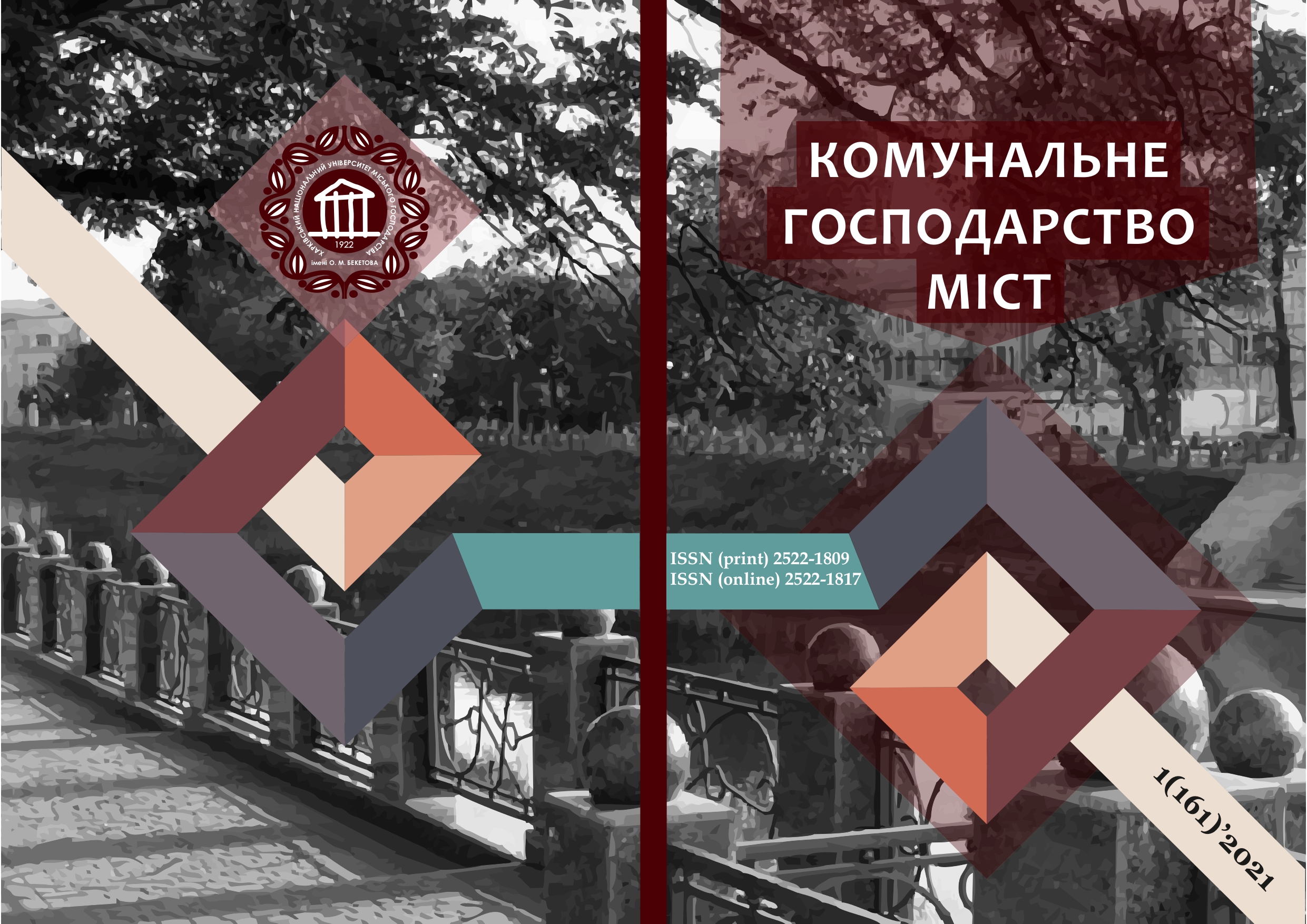ENGINEERING AND GEODESIC WORKS AND EXECUTIVE SURVEY INSTALLATION OF BRIDGE STRUCTURES
Array
Keywords:
bridge crossing, engineering and geodetic works, geodetic instruments, construction lifting, girder construction.Abstract
Modern construction of bridge crossings is impossible without engineering and geodetic works. When transferring a project to the terrain, it is necessary to perform measurements in the horizontal and vertical planes with high accuracy. Geodetic works, to secure the design position and dimensions of both the entire sporida and its surrounding parts, to be carried out by procrastination before the construction of the bridge. Geodetic work during the construction of bridges and other structures is a complex of measurements, calculations and constructions on the ground, in which the design placement of structures must be ensured. The purpose of the article is to consider engineering and geodetic works during the construction of a bridge as part of a combined bridge crossing. At the stages of the construction of the bridge, the accuracy of the project is required, which will ensure geodesic work. These include: the breakdown of bridge supports at different stages of their construction, control of the erection of the superstructure and its installation on the support parts. To perform geodetic works such equipment as an electronic total station "Sokkia 630" and a digital level of the brand "Trimble DiNi" were used. The coordinates of the benchmarks were obtained and entered into the plan of the area. To work with them, anchors were driven into the asphalt and soil, photographed and entered into the documentation. On the pillars of the bridge were glued marks for the notch of the device, with a reflective effect. The data of coordinates and heights were entered into the memory of the total station. The method and procedure for geodetic works during the installation of bridge spans depend on their design and materials. At present, the most common methods of superstructures erection include hinged and semi-hinged assembly, assembly on the slipway, assembly on the shore with subsequent thrusting. When installing superstructures, the main tasks of geodetic support are to determine the straightness of the main beams and measure the so-called building lift. In the practice of bridge building, the degree of use of industrial construction methods is growing, that is, the manufacture of individual structural blocks with their subsequent connection at a regular place, which contributes to an increase in labor productivity and the quality of bridges.
References
2. Bird P. (2003). An updated digital model of plate boundaries. Geochemistry, Geophysics, Geosystems,4, 3.
3. Osada E.(2001). Geodezja. 223.
4. Voitenko S.P. (2012). Engineering geodesy. 574.
5. Ostrovskyi A.L., Moroz O.I. & Tarnavskyi V.L. (2012). Geodesy. 564.
6. Galda M., Kujawski E. & Przewlocki S. (2000). Geodezja I miernictwo budowlane. 402.
7. Hofmann B., Wellenhof & Morit H. (2005). Physical Geodesy. 403.
8. Nadolinets L., Levin E. & Akhmedov D. (2017). Surveying instruments and technology. 253.
9. Shevchenko T., Moroz O. & Trevoho I.S. (2009). Geodetic instruments. 482.
10. Batrakova A. & Kuzmin V. (2018). Engineering and geodetic monitoring and control in construction, part I. Geodetic works in the construction of bridges. 116.
11. Baran P. (2012). Engineering geodesy. 618.
Downloads
Published
How to Cite
Issue
Section
License
The authors who publish in this collection agree with the following terms:
• The authors reserve the right to authorship of their work and give the magazine the right to first publish this work under the terms of license CC BY-NC-ND 4.0 (with the Designation of Authorship - Non-Commercial - Without Derivatives 4.0 International), which allows others to freely distribute the published work with a mandatory reference to the authors of the original work and the first publication of the work in this magazine.
• Authors have the right to make independent extra-exclusive work agreements in the form in which they were published by this magazine (for example, posting work in an electronic repository of an institution or publishing as part of a monograph), provided that the link to the first publication of the work in this journal is maintained. .
• Journal policy allows and encourages the publication of manuscripts on the Internet (for example, in institutions' repositories or on personal websites), both before the publication of this manuscript and during its editorial work, as it contributes to the emergence of productive scientific discussion and positively affects the efficiency and dynamics of the citation of the published work (see The Effect of Open Access).

